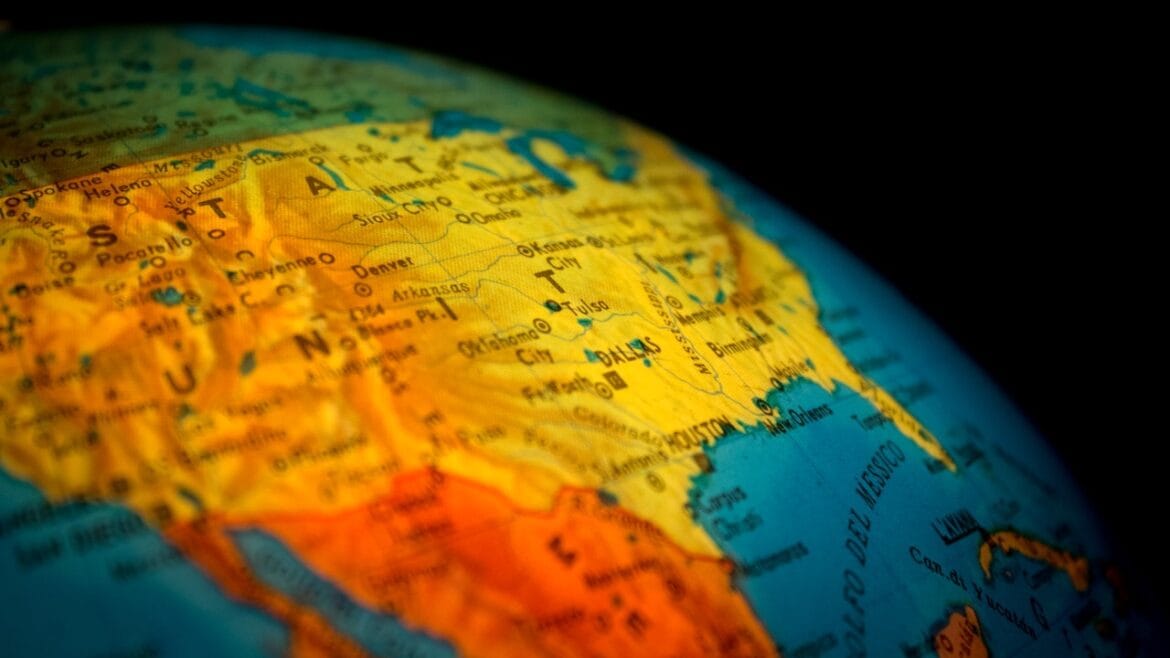Geography and the weather have a major impact on how common mold problems can be in various parts of the U.S.
States with high humidity and frequent rainfall are hotspots for mold growth.
Top 10 States With the Most Mold
These are the top 10 U.S. states with the most mold, according to various studies, expert opinions, and data on insurance claims due to mold damage.
- Florida
- California
- Texas
- Ohio
- Hawaii
- Tennessee
- Georgia
- Arkansas
- North Carolina
- South Carolina
What these states have in common is rainfall, weather patterns, proximity to large bodies of water, and elevated temperatures, most of them quite tropical (not just hot, but hot and wet).
1. Florida (Coastal state, high humidity, tons of rain): Florida. The state we call home. Florida is notorious for mold issues due to its high humidity, frequent water damage from hurricanes, and overall moisture. It’s not only the “moldiest state in America” but some statistics suggest it could be getting worse: Water damage claims in Florida increased by almost 50 percent over five years.
2. California: California ranks high on the list of mold-prone states, with four of its cities listed among the top 20 worst cities for mold allergy sufferers.
3. Texas: Texas is another mold hotspot, with two of its cities ranking in the top 20 worst cities for mold allergies, placing 1st and 20th on the list.
4. Ohio: Ohio makes the list with two of its cities in the top 20 worst cities for mold allergy sufferers, ranking 8th and 10th.
5. Hawaii: Hawaii tops the list for annual precipitation, making it an ideal environment for mold growth.
6. Tennessee: Tennessee is located in the Southeast region, which is known to be one of the worst regions for mold in the U.S. due to its high annual precipitation.
7. Georgia: Another Southeast state, Georgia, is also known for its mold problems due to its high humidity, moisture, and annual precipitation.
8. Arkansas: Arkansas, located in the Southeast region, is also susceptible to mold growth due to high annual precipitation.
9. North Carolina: North Carolina is yet another Southeast state dealing with mold issues due to its high annual precipitation and humidity.
10. South Carolina: South Carolina rounds out the top 10 states with the most mold, with high annual precipitation and humidity contributing to the mold growth in this Southeast state.
Preventing Mold Problems in These States
Just because you live in (or plan to move to) Florida or another of these states, doesn’t mean you have to have a major mold problem at home or in your office.
The #1 most important thing to focus on is preventing excess water and moisture from building up in parts of your home.
That can definitely be extremely difficult during times like very harsh weather, a hurricane, or unexpected emergency, but is usually pretty easy to manage otherwise.
Prevention Better Than the Pain of Major Mold Growth
To prevent mold from becoming a problem in your home, follow these tips:
- If you suspect dripping pipes or plumbing leaks, get them checked out right away. Those little drips have led to massive mold growth behind walls and under bathtubs over time.
- Dry up spills and small floods (toilet, bathtub, sink) right away.
- Use your bathroom’s exhaust fans while showering and for 15-30 minutes afterward.
- Use a hygrometer to detect high-humidity that encourages mold growth (you want indoor humidity between about 30% and 50%.
- Run a dehumidifier if you have to (mucky, sweaty, damp feeling, or humidity above 50%).
- Run ceiling fans throughout the day if your home has them.
- Set the daytime AC temperature to 78 or above (lowering it for comfort when you’re home.)
- Have your AC checked for mold growth periodically.
- Keep your crawl space dry, too, if your home has one.
- Make sure rain water doesn’t collect around the foundation of your home, but instead is routing away from it, using sloped dirt, gutters, and landscaping.
- KEEP THINGS DRY, inside and around the home’s perimeter.







